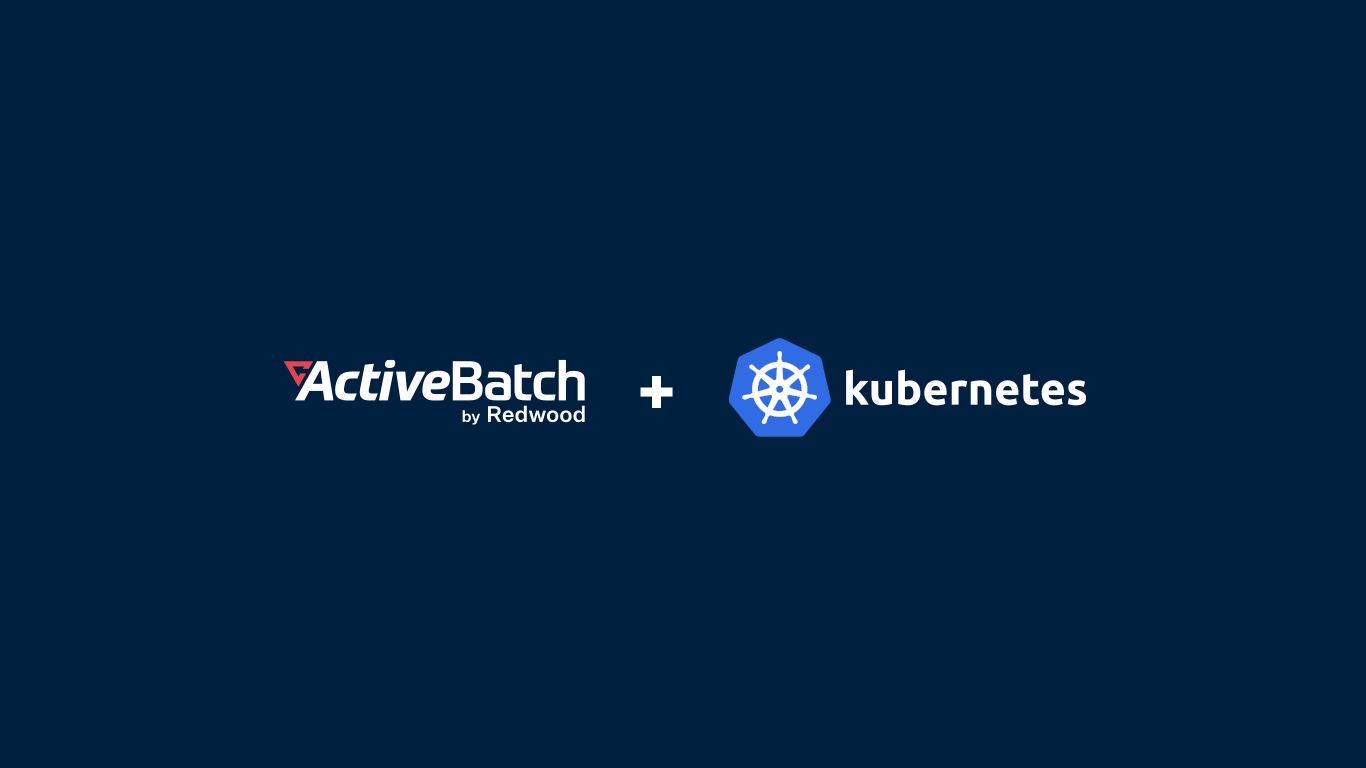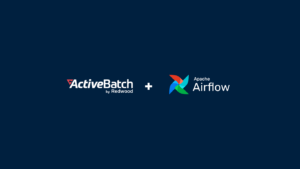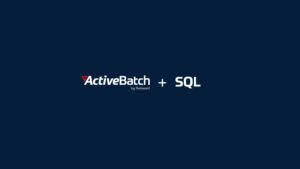A Comprehensive Guide to Kubernetes Orchestration
Learn why Kubernetes has become the go-to solution for container orchestration in this comprehensive guide from ActiveBatch by Redwood.

With the increasing adoption of containers and microservices, Kubernetes has become the go-to solution for container orchestration. This article is a deep dive into Kubernetes job orchestration with ways to master Kubernetes orchestration and crucial concepts for understanding the Kubernetes platform.
What is Kubernetes Orchestration?
Kubernetes is an open-source platform that has established itself as the predominant tool in container orchestration.
If you’ve been around the DevOps and cloud-native environment, you’re likely familiar with its influence on modern workloads and infrastructure.
At its core, Kubernetes orchestration ensures containerized applications run as intended, automating containerized applications’ deployment, scaling and management. This facilitates the seamless functioning of microservices architecture in dynamic environments.
However, Kubernetes job orchestration differs critically from other parts of the Kubernetes cluster.
Kubernetes Job vs. DaemonSet
While Kubernetes jobs and DaemonSets are vital parts of the Kubernetes cluster, they serve different purposes.
- Kubernetes Job: A Kubernetes job creates one or more pods and ensures that a specified number of them successfully terminate. The job is complete once the set number of pods is completed successfully.
- Kubernetes DaemonSet: A DaemonSet ensures that all (or some) nodes run a copy of a pod. It deploys system daemons such as log collectors and monitoring agents.
Kubernetes Job vs. Deployment
In Kubernetes, both Jobs and Deployments serve to maintain containers, but they are used for different scenarios.
- Kubernetes Job: Ideal for running sequential or parallel tasks until completion.
- Kubernetes Deployment: Used for maintaining a specified number of pod replicas running. They are perfect for stateless applications.
Why Kubernetes Orchestration Matters
Imagine you are orchestrating a symphony. Each musician (container) has a unique part to play (task). The conductor (Kubernetes) ensures every musician knows when and how to play their part in the symphony.
Similarly, Kubernetes makes sure every container runs in harmony. Container orchestration tools like Kubernetes manage containerized applications’ lifecycle, ensuring they run efficiently and can scale up or down as necessary. This is crucial for businesses that need scalability and high availability.
Now that the unique power of Kubernetes orchestration has been explained, here are some ways to level up your knowledge.
3 Ways to Master Kubernetes Orchestration
1. Kubernetes Training
With platforms like GitHub offering many valuable resources, training yourself in Kubernetes has never been easier. Online courses, workshops and certifications provide a structured way to learn and validate your Kubernetes skills.
2. GitHub Repositories
A treasure trove for Kubernetes enthusiasts, GitHub hosts numerous repositories dedicated to Kubernetes orchestration examples, configurations and YAML files. It’s an excellent resource for hands-on learning.
3. Kubernetes Certification
Consider Kubernetes certifications to validate your experience further. They will testify to your proficiency and are highly regarded in the industry.
3 Crucial Kubernetes Concepts to Know
1. Docker
Docker is the foundational technology behind containers, which facilitates the creation, deployment and running of container applications.
2. YAML (Yet Another Markup Language)
YAML files configure Kubernetes deployments and jobs. It’s a human-readable data serialization standard used with the Kubernetes command line tool, kubectl.
3. Orchestration tools
Beyond Kubernetes, other orchestration tools like Docker Swarm, Mesos and AWS offer varying functionalities. However, Kubernetes has managed to dominate due to its extensive feature set and robust community support.
How ActiveBatch Supercharges Kubernetes Orchestration
Once Kubernetes orchestration becomes a part of the toolbox, it’s crucial to recognize ways to further enhance your Kubernetes experience with tools like ActiveBatch.
ActiveBatch’s infrastructure automation capabilities seamlessly integrate with Kubernetes, enhancing orchestration functionality.
The platform’s operators can guide users through complex Kubernetes orchestration scenarios, and ActiveBatch’s compatibility with Azure orchestration tools ensures a holistic approach to orchestration in cloud-native environments.
Are you looking for more orchestration insights? Dive into job orchestration tools or explore the intricacies of service orchestration.
Conclusion
Kubernetes job orchestration is a vast domain, but understanding its core concepts, functionality and associated tools can significantly elevate your container management game. As with any technology, continuous learning, experimentation and practical implementation are fundamental to mastery.
Frequently Asked Questions
Kubernetes orchestration is the automated configuration, management and coordination of computer systems, applications and services.
Want to know more about orchestration? Check out our blog on service orchestration.
While pods are the smallest deployable units in Kubernetes, representing single instances of running processes, jobs manage the execution of one or more pods to completion.
Find detailed insights on this in our article about distributed job scheduling.
While a job ensures a specified number of pods run to completion, a DaemonSet ensures every node runs a copy of a specific pod.
For a deeper dive into orchestration tools, read our piece on job scheduler migration.







